A 100-mile-long lake has reappeared 130 years after vanishing, surprising scientists and raising questions about its sudden return.
In an astonishing event, Lake Tulare in California has reappeared after being gone for 130 years.
This giant lake, once one of the largest freshwater bodies in the United States, was over 100 miles long and 30 miles wide.
Its return has surprised many and brought attention to the history of the area.
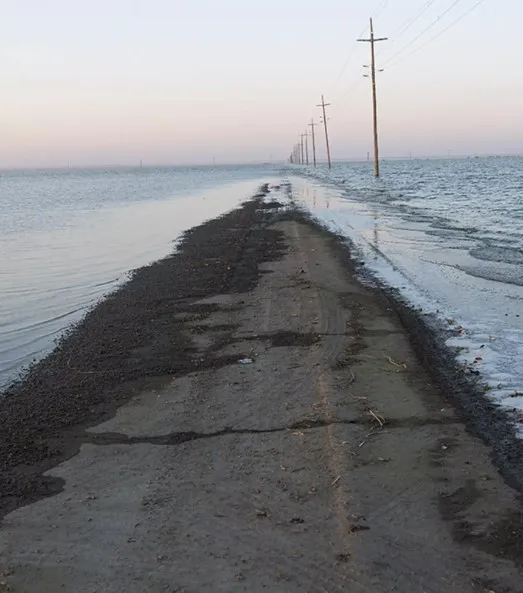
Lake Tulare’s history reflects human impact.
Lake Tulare was once a thriving body of water.
In the late 19th century, it was so large that steamboats could travel from Bakersfield to San Francisco, carrying agricultural supplies along the way.
However, the lake began to disappear in the late 1850s and early 1860s.
This was largely due to efforts to take land from the indigenous people and convert it into farmland.
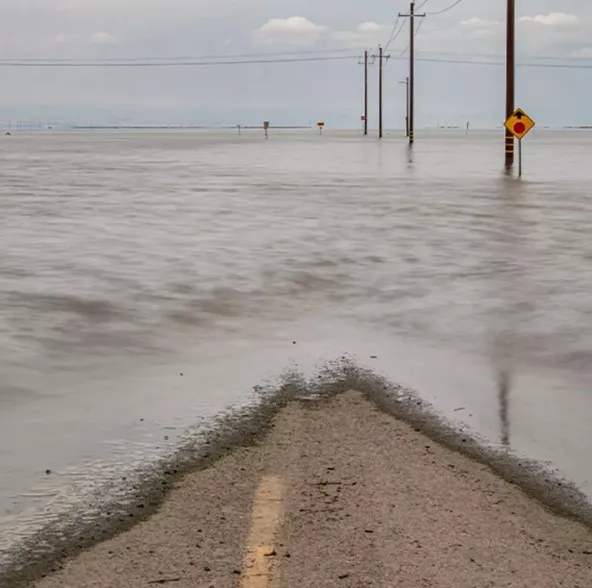
The Tachi Yokut tribe, who originally named the lake “Pa’ashi,” saw their land change drastically.
As settlers drained the lake and turned the area into arable land, the lake slowly vanished. By 1890, Tulare Lake was completely gone.
Experts stunned as massive 100-mile-long lake reappears after vanishing for 130 years
Last year, heavy snowfall and rainfall caused Tulare Lake to make a surprising comeback.
Researchers explain that California experienced significant snow during the winter, followed by heavy spring rains.
This created conditions where melting snow could flow into the depression where the lake once existed.
Vivian Underhill, a researcher from Northeastern University, stated, “California just got inundated with snow in the winter and then rain in the spring.”
“If you have a rain and snow event, the snow melts really fast.”
The melting snow filled the area, leading to the lake’s resurgence.
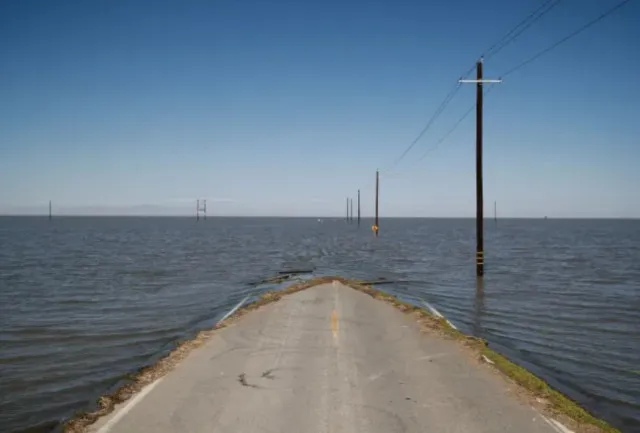
The return of Lake Tulare has also had a positive impact on wildlife in the region.
Various bird species, including pelicans, hawks, and waterbirds, have been seen returning to the area.
Notably, the vulnerable burrowing owl has been spotted nesting along the shores of the newly formed lake.
The Tachi Yokut tribe has expressed joy over the lake’s return. Underhill describes it as a powerful and spiritual experience for the tribe.
They have been able to hold ceremonies by the lake and practice traditional hunting and fishing once again.
She said: “The return of the lake has been just an incredibly powerful and spiritual experience.”
“They’ve been holding ceremonies on the side of the lake. They’ve been able to practice their traditional hunting and fishing practices again.”
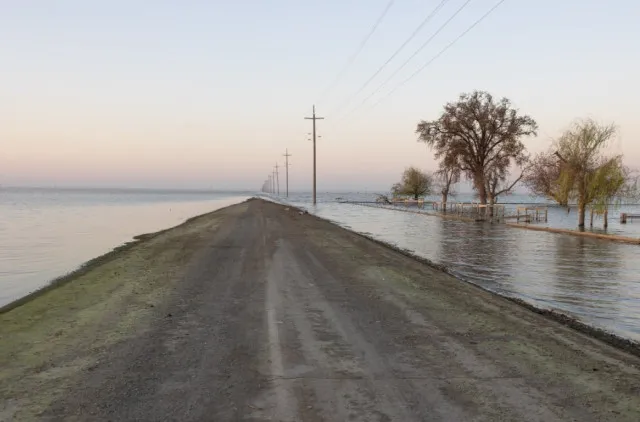
While the reappearance of Lake Tulare is celebrated by many, it has also created challenges for local farmers and landowners.
Some have faced significant losses due to flooding in their homes and businesses.
Efforts are underway to drain the lake again, but experts warn that climate change may lead to more flooding in the future.
Underhill cautions that floods of this magnitude are likely to happen more often.
“At a certain point, I think it would behoove the state of California to realize that Tulare Lake wants to remain,” she said.
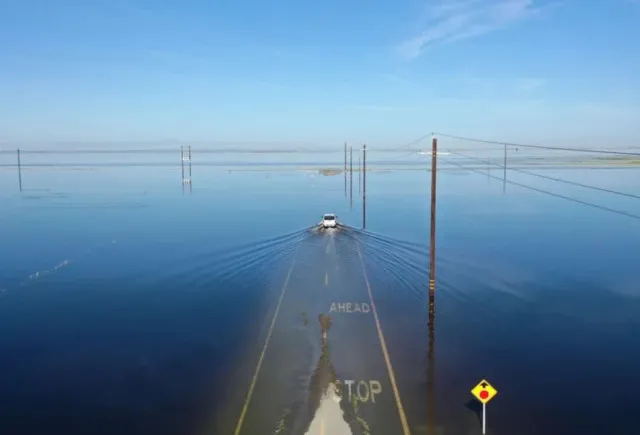
Community Response
The lake’s return has divided the local community in its response.
While many celebrate the wildlife and cultural significance of the lake, others worry about the impact on agriculture and homes.
The situation emphasizes the complex relationship between nature and human activities.
As the lake continues to fill, the future remains uncertain. The community will need to work together to find a balance between preserving the lake and protecting local businesses.
There is potential for tourism and environmental benefits if the lake can be maintained.